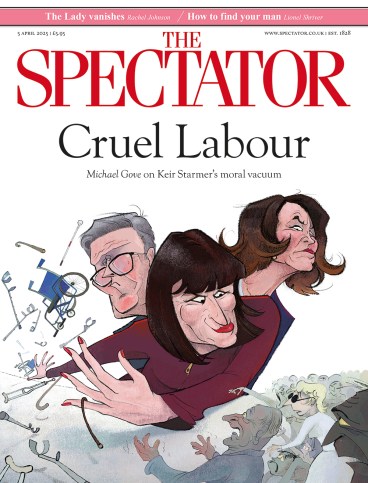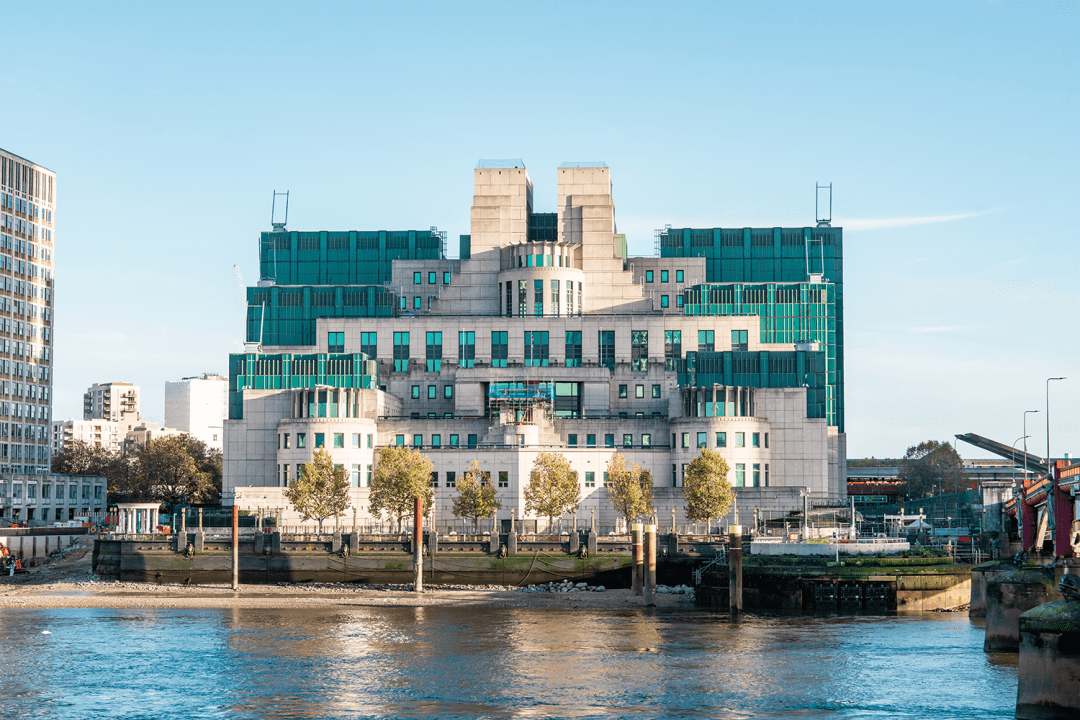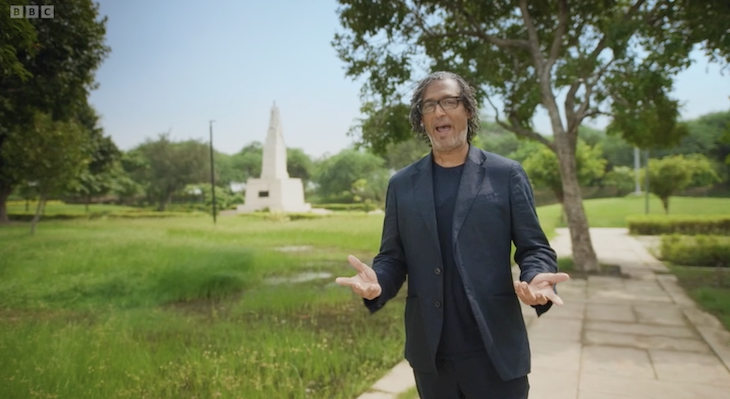
Interviewing for MI6 sounds to have been even scarier a century ago than it must be today. Candidates would enter an office to find a man with a ‘large intelligent head’ seated behind a desk and absorbed in paperwork. Everything would appear normal until he picked up a penknife and stabbed his own leg. A prospective agent who flinched at the sight might do himself out of the job.
It is brilliant: carefully crafted, closely scripted, immaculately edited and best of all perfectly cast
Rather like one of those rumoured Oxbridge interviews (candidates for a fellowship at All Souls were reportedly served a cherry pie at dinner to test what they would do with the stones), the ordeal was intended to weed out the weak. The man in the chair, like M in James Bond, was known only as C, and every SIS chief since has been referred to by the same letter. David McCloskey, CIA analyst turned co-host of the podcast The Rest is Classified, admits that he was one of many to assume that C stood merely for ‘chief’. In actual fact, it was the second initial of the organisation’s inaugural head, the penknife-wielding Mansfield Cumming.
The Rest is Classified launched late last year from the same Goalhanger stable as the other The Rest is… podcasts. It has since racked up more than 30 episodes on the highs and lows of espionage, from the creation of MI6 to the Cambridge Five, Watergate and Trump’s ambitions for Greenland. The success of the franchise is such that the host of one podcast will now refer listeners to another. Handy. Former BBC security correspondent Gordon Corera – who co-presents with McCloskey – directs anyone who wants a long view of Ukraine to The Rest is History, allowing him to focus on events since 2021.
The Rest is Classified is brilliant: carefully crafted, closely scripted, immaculately edited and best of all perfectly cast. Corera and McCloskey are just so likeable. They may tease each other about their deficiencies, such as their inability to speak German, but you can tell they know far more than they feel the need to show. They have old-school modesty and integrity as well as experiences to enliven every story.
Corera has seen, somewhere in the MI6 HQ, the grandfather clock made by Mansfield Cumming. ‘Tinkerer’ C adored building clocks. He had a large chin that has often been compared to a battleship. And he was able to stab himself in the leg because he had undergone an amputation and wore a wooden prosthetic following a car accident in which his son had died. McCloskey, meanwhile, describes the office of C’s CIA counterpart, its views and ‘middling’ coffee.
There is no escaping Russia when it comes to the history of British ballet. A new podcast on the subject features interviews with dancers, living and deceased, who learned from the likes of Sergei Diaghilev and one of the star ballerinas of his Ballets Russes, Lydia Lopokova.
Lopokova was apparently hilarious and very generous. The late Monica Ratcliffe, who danced with her in the 1920s, remembered her waiving her fee and sharing it among the other dancers. You can’t help but wonder whether Lopokova’s husband John Maynard Keynes would have approved of such an expenditure.
Cumming was able to stab himself in the leg because he had undergone an amputation
Diaghilev warmed to a young Wendy Toye, who attended rehearsals of the Ballets Russes with her mother in London. The prodigious Toye recalled accidentally setting light to John Gielgud with a torch during a performance of A Midsummer Night’s Dream. ‘Very, very careless,’ tutted Lilian Baylis, manager of the Old Vic and Sadler’s Wells. Baylis pranced back to life in Ratcliffe’s recollections as ‘very large and very stout and the sort of person who seems to wear about ten different scarves’.
Voices of British Ballet is the utterly delightful product of an oral history project. The interviews, conducted over the past 20 years or more, are typically preluded in the podcast by a conversation between two dancers. This is especially helpful if you’re less familiar with the technical discipline. As a very amateur ballerina myself I can only admire the romance with which older dancers recall their rise to the top.








Comments